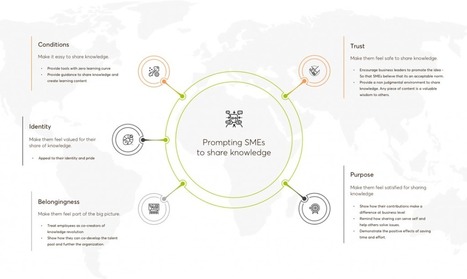Manuel Lima Visual Complexity Pdf To Excel
- Manuel Lima Visual Complexity Pdf To Excel Pdf
- Manuel Lima Visual Complexity Pdf To Excel 2016
- Manuel Lima Visual Complexity Pdf To Excel Format

Manuel Lima Visual Complexity Pdf To Excel Pdf

Manuel Lima Visual Complexity Pdf To Excel 2016
Response to Manuel Lima’s Visual Complexity: Mapping Patterns of InformationGraphics Come with Arguments In Their Form“Graphics come with arguments in their form, before they are linked to specific information sets.” – Johanna DruckerThroughout this paper I will briefly discuss data visualization, under the broader digital humanities umbrella, one aspect as it traverses the essays we read by Manuel Lima (Google, Parsons, with Lev Manovich of UC San Diego), Johanna Drucker (UCLA), and Cameron Blevins (Northwestern). What I am most concerned with is how each author deals with visual demonstration of both argumentation and substructure of data.Manuel Lima (MFA from Parson School of Design), in his book, Visual Complexity: Mapping Patterns of Information, chronicles a history of graphical presentation of knowledge since antiquity through 2011 when the book was published. His survey of work also continues beyond publication date as the website VisualComplexity.com. Lima divides the history into two major epochs. One is the era of classification of knowledge, often with sacred meaning, as exemplified by variations on the “trees of life” model. This model implies “a succession of subgroups” from a common root (Lima, 25) and has been in ubiquitous use into modern times. His history takes us from Aristotle, the Sumerians, early Christians (and Pliny the Elder for heaven’s sake), all the way to Ancestry.com’s family trees and corporate organizational charts.
Manuel Lima Visual Complexity Pdf To Excel Format
What is deemed problematic about the model is its indication of a clear centralized, hierarchical, authoritarian, unidirectional, top-down organization that requires a leader at its root. For instance, in genealogical and taxonomical terms, there are always parents and children and direct lineage. He also spends a bit of time discussing “Encyclopedism” or “the desire for gathering the sum of human knowledge in a comprehensive compendium,” (Lima, 33-40) or essentially the impulse to compile information into structured categories. (Think the Great Library of Alexandria of Egypt to the present day Internet Archive.) The continuing arguments behind the Dewey Decimal System and MARC (MAchine-Readable Cataloguing), for example, are that controlled vocabularies and rigid classification systems prize an ordered means of offering access to subject matter that is democratic in the sense that anyone can learn the system; and consistency facilitates universal application of rules. However, behind any “universal” set of rules are leaders classifying the essence of a subject for you.
Applied to databases—what else is a library than a giant database?—both the tree of life model and encyclopedic model apply organization to complexity so that the structure is hidden (but learnable) in order to expedite an event, or the discovery of data. The argument equates to, “Let me show you the way we do things around here.”For the swing to the current epoch, Lima coined a new rhizomatic term: “Networkism.” (Ironically his book takes a quite linear approach to this history as well.) The gestalt of this networked era can be defined as a rejection of centralized categorization and dissemination of knowledge in favor of an “ecosystem of data,” social collaboration, folksonomies (bottom-up description), interactivity, web-like “structure” (or lack thereof really), anti-authoritarian, networked thinking, leaderless. And throughout the book we find manifold illustrations, literally and figuratively, of this decentralization at play: the World Wide Web, cartography (where never is there one place to look first), spheres, clusters, new languages. The author’s shift towards Networkism pivots the story of visualization of data and information generally to a change that has occurred since the digital turn of the early-to-mid 2000s.
He never quite uses a phrase like “the digital turn,” however; yet its definition is an underlying, unspoken, current in the book. Instead, he presents example after example from the past decade and a half of computer-generated visualization of knowledge from the point of view of a designer, leaving out a conversation about infrastructure. What’s underneath is how quite specific digital innovations have transformed our perception of speed, distance, sharing, interactivity, interconnectedness, and art through our interaction with data—text, image, video, audio.

It seems it is the Deleuzian backdrop to the shift he finds perhaps more compelling, and where he applies his efforts, choosing to bolster design history with linguistic and philosophical theories rather than how changing technology made new design possible. And that is OK, but it feels like a strange omission from his argument that is only touched on by his guest collaborators, chiefly Lev Manovich in the foreword.